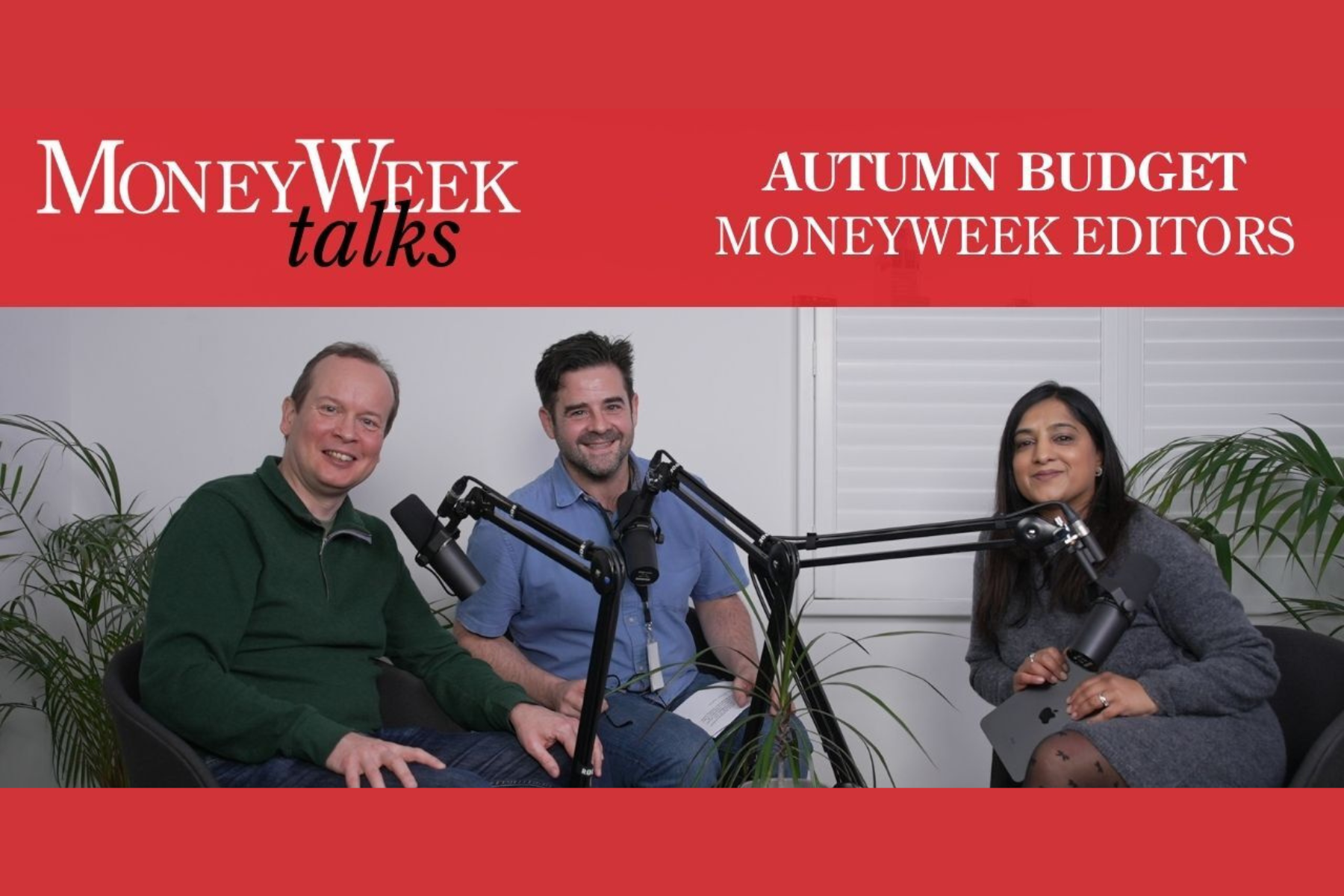This credit contraction has a long way to go
Those who recall the early 1990s - or even 1972 - will know just how painful a credit contraction can be. And following an unprecedented period of expansion, it may well be worse this time round.
Woody Brock, in his most recent memorandum, said that there is a real risk that incomes in America might fall and levels of unemployment rise.
This makes nonsense of the view that there is a genuine risk of inflation. We find it incongruous that there should be inflationary expectation at a time of credit contraction even though energy and food prices are rising.
Think back to the 1970s the last time oil, in real terms, was at current levels; then inflation was rife. However, at that time, the bargaining power of labour was immense; any rise in prices was followed by higher wages that in themselves caused prices to rise further, triggering yet further demands for higher wages. Can that in today's world happen again? We think not.
MoneyWeek
Subscribe to MoneyWeek today and get your first six magazine issues absolutely FREE

Sign up to Money Morning
Don't miss the latest investment and personal finances news, market analysis, plus money-saving tips with our free twice-daily newsletter
Don't miss the latest investment and personal finances news, market analysis, plus money-saving tips with our free twice-daily newsletter
So if the prices of food and energy are rising and wages are not, the impact of those higher prices will be to axe discretionary consumer spending. According to the recent news, that may have already started.
As the credit contraction develops lenders cut back, causing economic activity to slow and business profits to fall. Companies will cut prices to fight for whatever business they can get. There will be too many companies chasing too few customers, a recipe for a market-wide price collapse.
The credit expansion that ended this year was the equivalent of the tide coming in. It raised all boats and nobody could possibly know who or how many were skinny dipping. It was until then, simple to maintain a good credit record because, even though you might have bitten off more than you could chew, you could always get more credit, keep the game going and portray an immaculate but illusory credit record.
In the private and corporate sectors, there are huge numbers of borrowers who are now in a precarious position and bound to default. This is where the data is entirely misleading because at present, junk bond default rates are at record lows.
The easy and incorrect assumption is that this is because the companies are sound but the truth is, as Moody's have confirmed, that until recently even the weakest companies were able to raise money on the capital markets. Those same companies today will have problems refinancing and if unsuccessful, many of them will default.
Moody's say that defaults could quadruple next year and in the event of an American recession, rise ten-fold. However, nobody is close to getting the number of potential defaulters right. In the same way that the heads of the four largest financial institutions in the US do not know if total write-downs will amount to $50 billion or $500 billion; nobody knows just how many borrowers, corporate and personal, will default. For the time being they are invisible.
In a recent "Outside the Box" newsletter from John Mauldin, he published an article by Ted Seides, entitled "The Next Dominos, Junk Bonds and Counterparty Risk".
Ted Seides commented that the severity of the subprime debacle may be only a prologue to the main act, a tragedy on a grand stage in the corporate credit market. The amount of outstanding corporate credit and the leverage applied to it dwarfs the market for subprime mortgages.
Today there is no alternative source of credit for the over-borrowed, bad credit risk. That period when anyone could borrow any amount of money has now ended and won't come back for many years.
Banks' balance sheets are going to be hit very hard as they eat into their capital bases in order to reserve for growing losses which are likely to explode from current levels. Reserves held today against loan losses are at a 32-year low, according to John Hussman of Hussman Funds. It won't be long before they are at record highs.
The scale of the problems out there are unknowable, which is what the Bank of England said in January this year when asked the question "What would happen to the financial system in a crisis?". The reason it is unknowable is because there has been no other time when a credit contraction has taken place after a credit expansion of such scale. The unravelling however, initially takes time. It is not until a potential defaulter has finally been refused credit and has run out of time that the default takes place.
Another "Outside the Box" newsletter by John Mauldin, issued on Monday 12th November, was entitled "US credit crunch of 2007 a Minsky Moment" and written by Charles Whalen. Hyman P Minsky (1919-1996) was the foremost expert on credit crunches and developed his Financial Instability Hypothesis (FIH). One of the aspects of FIH was that a credit expansion started as "hedge" finance moved on to "speculative" finance, ending finally in the direction of "ponzi" finance.
"Hedge" Finance
This is the early stages of a credit expansion when prudent lenders still expect prospective borrowers to demonstrate that they are able to pay back both the interest and the principal on the due dates.
"Speculative" Finance
As the credit expansion develops, lenders require borrowers to only prove that they can service the interest and accept that the borrowers must roll over the original financing.
"Ponzi" Finance
The climax of the recent credit expansion, lenders accept the fact that the borrowers will probably not only have to roll over the loan but also borrow to pay the interest, and then borrow to pay the interest on the interest, etc, etc.
Socit Gnrale report that from August to now the monthly issuance of Junk Bonds in Europe and the UK was zero. It peaked at £4.68 billion in June. The US Junk Bond market, after initially holding up, ground to a halt in October. And it will get worse everywhere.
We never miss an opportunity to say that this goes fullCircle. Remember the early 1990s and, for those with longer memories, 1972. It will happen again but before does, this credit contraction has to run its course and it has only just started. The greatest numbers of skinny dippers were further out in very deep water and are yet to be exposed.
By John Robson & Andrew Selsby at fullCircle Asset Management, as published in the threesixty newsletter, a fortnightly newsletter that gives insight into the investment markets.
Get the latest financial news, insights and expert analysis from our award-winning MoneyWeek team, to help you understand what really matters when it comes to your finances.
MoneyWeek is written by a team of experienced and award-winning journalists, plus expert columnists. As well as daily digital news and features, MoneyWeek also publishes a weekly magazine, covering investing and personal finance. From share tips, pensions, gold to practical investment tips - we provide a round-up to help you make money and keep it.
-
 How much would it cost you to buy a house in Great Britain's happiest places?
How much would it cost you to buy a house in Great Britain's happiest places?Average asking prices for a property in the happiest place in Britain are below the national average
-
 How the Budget will hurt you: MoneyWeek Talks
How the Budget will hurt you: MoneyWeek TalksPodcast An Autumn budget podcast special episode, featuring MoneyWeek editors Kalpana Fitzpatrick, Andrew van Sickle and Cris Heaton.

